Blogging has become one of the most popular ways to share your thoughts and ideas with the world. A blog can be a great way to build an audience for your business or personal brand. But before you can start reaping the benefits of blogging, you need to know how to start a blog and make money from it.
This may seem like a daunting task, but it’s actually quite easy to do. In this guide, we will show you how to start a personal blog & make money online in a few easy steps.
If you have any questions along the way, just drop a comment and I will help you out.
So let us jump right in.
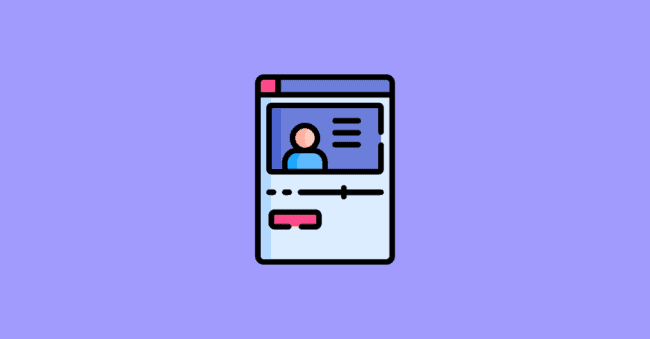
How to Start a Personal Blog in 7 Steps
- Define Your Personal Blogging Goals
- Choose a Personal Niche
- Pick & Register a Blog Domain Name
- Setup WordPress
- Write & Publish Blog Posts
- Promote Your Personal Blog
- Monetize & Make Money
1. Define Your Personal Blogging Goals
The first step in starting a successful blog is to first start by defining your goals. What do you want to achieve with your blog?
- Are you looking to build an audience for your personal brand?
- Do you want to share your thoughts and ideas with the world?
- Do you want to make money from your blog?
Defining your goals will help you choose the right platform, design, and content for your blog.
What is a Personal Blog?
A personal blog is a blog that is written by an individual to share their thoughts, ideas, and experiences with the world. A personal blog can be about any topic, but most are focused on a specific niche.
Why Start a Personal Blog?
There are many reasons why you might want to make your blog.
A personal blog can be a great way to build an audience for your business or personal brand. It can also be a great way to share your thoughts and ideas with the world. And if you’re looking to make money from your blog, there are many ways to do so.
The benefits of starting a Personal blog include:
- Become an authority in a particular niche
- Improve your writing & communication ability
- Make money from your blog
- Share your ideas & thoughts with the world
- Build an audience for your business or personal brand
How much money can you make from Personal blogging?
Income depends on many factors, such as the niche you choose and the traffic you get. Traffic usually depends on the number of posts that you have. The median ad income of a blog with 100 posts is $2815 per month.
2. Choose a Personal Niche
Now that you know what you want to achieve with your blog, it’s time to choose a niche.
A niche is a specific topic or focus for your blog. For example, if you are a travel blogger, your niche might be ‘budget travel’ or ‘adventure travel’.
Choosing a niche for your blog will help you focus your content and attract the right audience. It will also make it easier to monetize your blog.
Why choose a niche?
The benefits of choosing a niche include:
- Helps you focus your content
- Makes it easier to attract the right audience
- Makes it easier to monetize your blog
If you don’t have a niche, you’ll find it difficult to focus your content and attract the right audience. So if you’re looking to make money from your blog, a niche is essential.
Finding Your Ideal Niche
There are many factors to consider when choosing a niche for your blog. Here are a few things to keep in mind:
Passion: Choose a topic that you are passionate about. This will make it easier for you to write content and stay motivated.
Profitability: Choose a niche that is profitable. This will make it easier for you to monetize your blog.
Audience: Consider who your target audience is. What are their needs and interests?
Competition: How much competition is there in your niche? If there is too much competition, it might be difficult to rank in Google and get traffic to your blog.
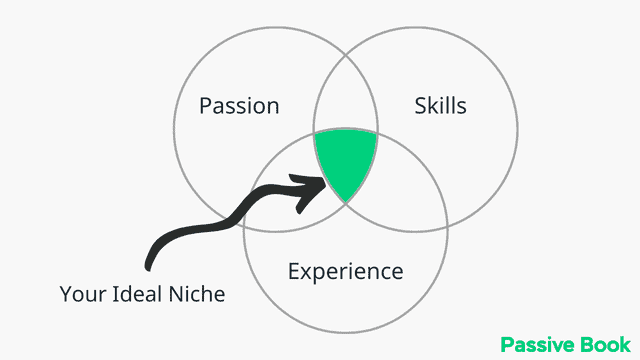
Here are a few personal niches to help you find yours:
- Food
- Travel
- Fashion
- Parenting
- Technology
- Health & Fitness
- Personal Finance
- Business
Come up with a few niche ideas.
Examples of Personal Blog
Sometimes looking at other personal blogs will help inspire ideas of your own. Here are a few examples of personal blogs:
[auto-list-number] The Minimalist Baker
This blog focuses on simple, healthy recipes that can be made with minimal ingredients.
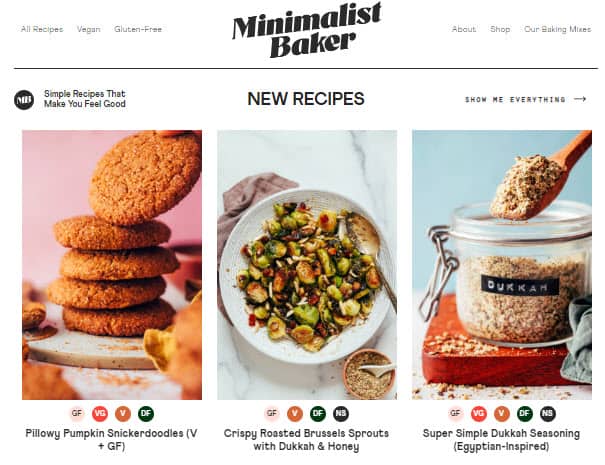
[auto-list-number] A Beautiful Mess
This blog is about DIY, crafts, recipes, and design.

[auto-list-number] The Everygirl
This blog is about careers, lifestyles, and fashion for women.
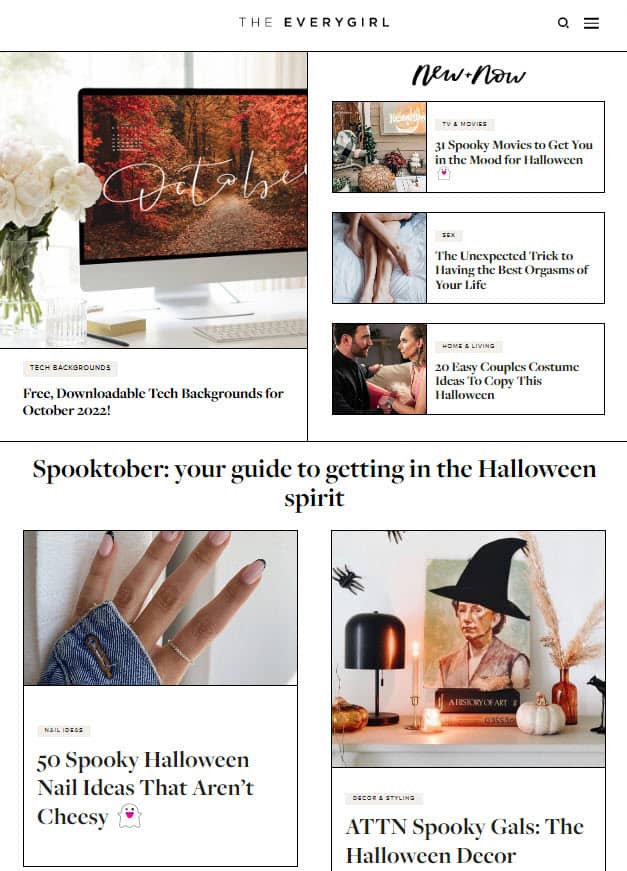
[auto-list-number] Tim Ferris
This is the blog of Tim Ferris who blogs about lifestyle design and productivity hacks.
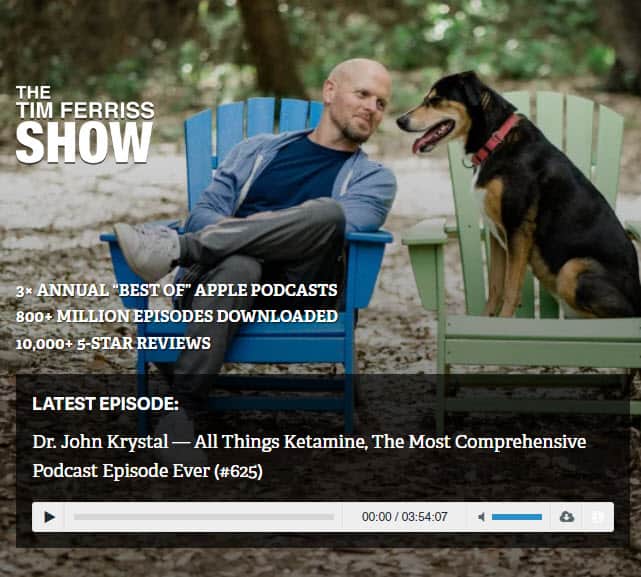
[auto-list-number] Mr. Money Mustache
This blog is about financial independence and early retirement.
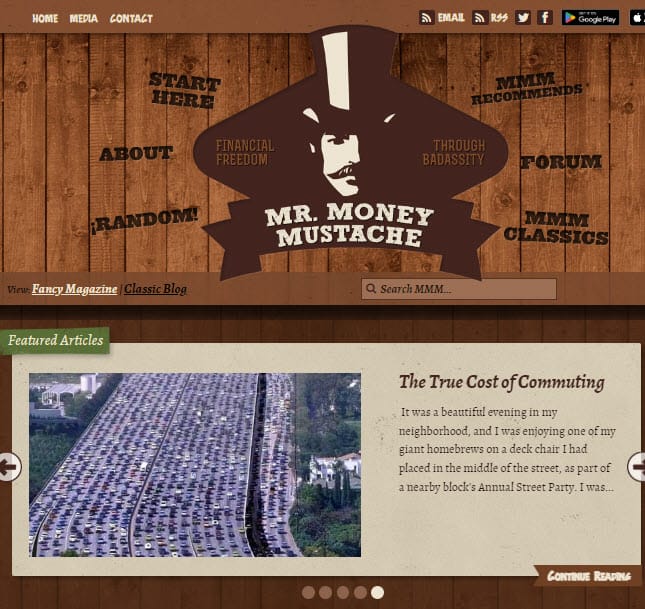
Check if Your Niche Is Profitable
Once you have chosen your niche you need to check if the niche is profitable.
Google the keyword and see if there is competition. If there are other blogs in your niche then it is a good thing because it means there is money to be made. If you don’t see any competition, then you might want to be a little careful before you proceed.
The next step is to see how the competitors are monetizing their content. Are they using ads, promoting affiliate products, or selling their own courses and ebooks? This will give you an idea of your own earning potential.
3. Pick & Register a Blog Domain Name
Once you have chosen your niche, it is time to brainstorm a few names for your personal blog.
We recommend you keep your personal blog name to two words (Example: Minimalist Baker). One of the two words should be a keyword from your niche. The other word can be something that makes your website brandable. For example, our blog teaches people how to make passive income, so we have named it Passive Book.
Use a Business Name Generator to brainstorm the name of your blog.
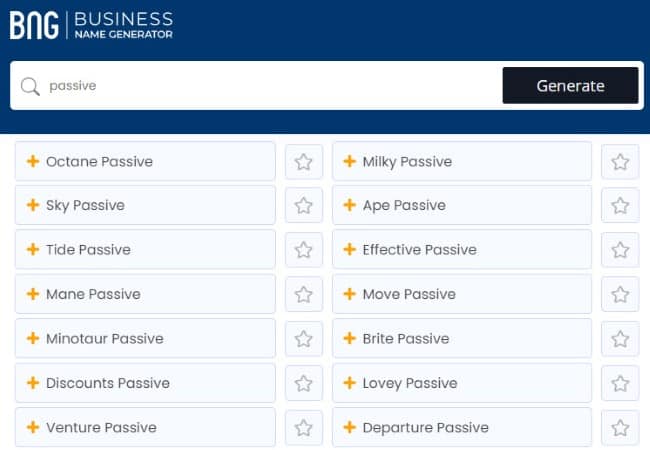
You can also use your own name for your blog. But if you ever plan to sell your website in the future, it is much more difficult to transfer your brand to the buyer when it is your name.
Check Domain Name Availability
After you have brainstormed a few names for your personal blog, you should check if the .com domain name is available.
A blog’s domain name is the web address for your blog. It is what people will type into their web browser to visit your blog. For example, the domain name for our blog is PassiveBook.com.
You must check if both the .com domain name and the social media handles are available. You can use Namechk to check the availability of both your domain name and social media handles.
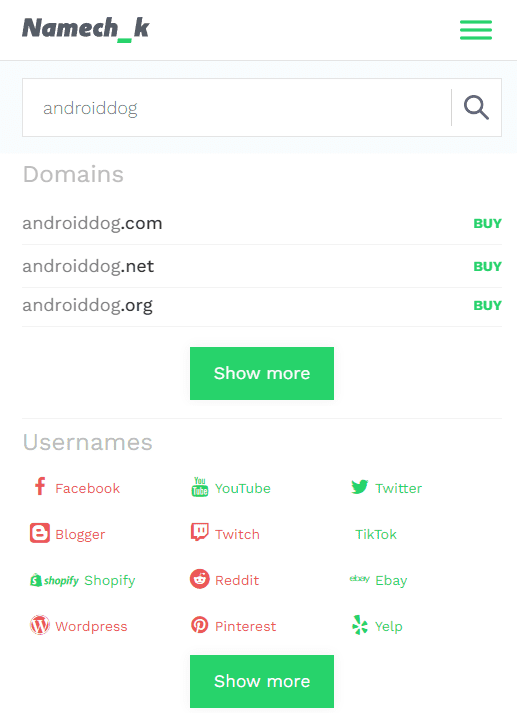
Here are a few things to keep in mind when selecting a domain name:
- Choose a .com domain name. 86% of the internet uses .com, so your visitors are likely to try visiting your blog by typing .com. Avoid other extensions like .net or .org.
- Don’t include hyphens and numbers.
- Do not use words with multiple spellings (for example colour vs color).
- Shorter domain names are better. Try to keep it under 12 characters.
- Spelling & Pronunciation should be easy and intuitive.
- It should be easy to remember.
- Avoid words that can be misread together. For example, therapistjohn.com can be read as Therapist John or The Rapist John.
- Make sure it’s not trademarked or copyrighted by someone else. The AI writing software Jarvis.ai had to rebrand to Jasper.ai because Marvel sued them for the Iron Man reference. Lawsuits will happen once your blog is established.
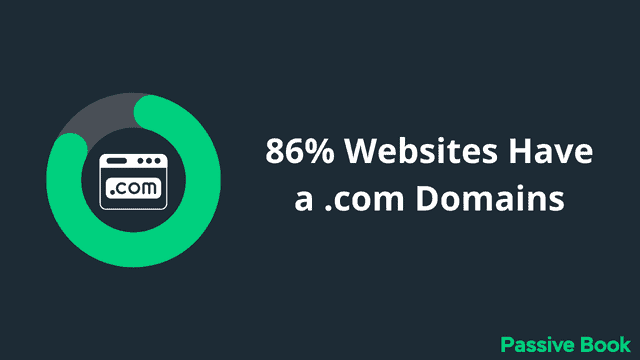
Register a Domain Name
Once you decide your domain name it is time to register it.
You should register your domain with NameCheap because you will get domain privacy for free. Other providers charge $12 per year for domain privacy. Without domain privacy, your name, home & email address will be accessible to the public.
Step 1: Go to NameCheap. Enter your domain name with the .com extension.
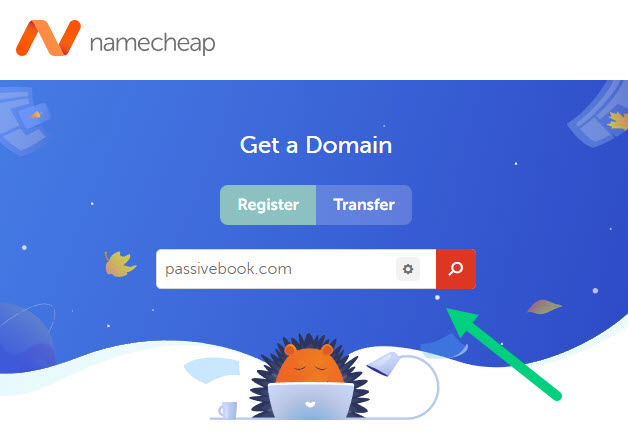
Step 2: Select the .com extension and click the Add to Cart button.
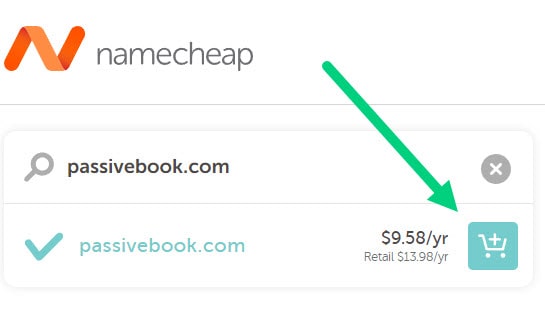
Step 3: After adding the domain to the cart, click on the Checkout button.
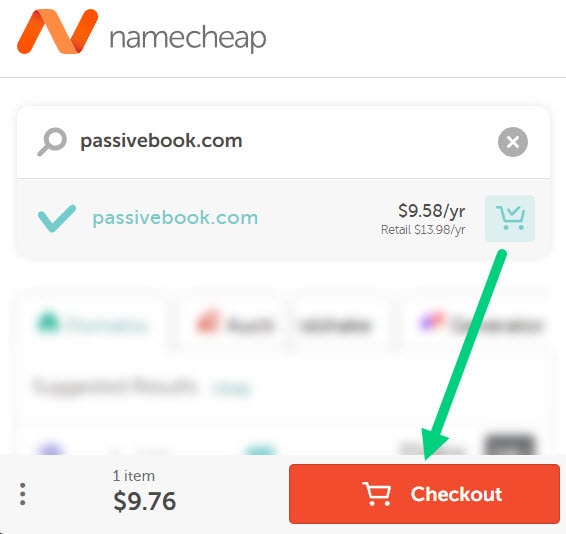
Step 4: Enable Domain Privacy that comes for free along with auto-renew. You don’t need any other paid addon.
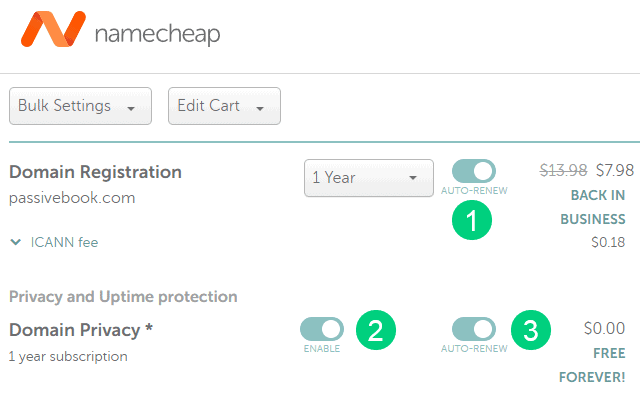
Step 5: Click on Confirm Order. Pay to complete your purchase.

Step 6: Log in to Namecheap and click on Domain List ❶ in the left sidebar and then click Manage ❷ next to the domain you just purchased.
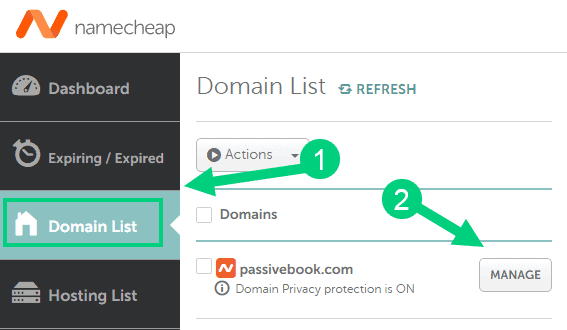
Step 7: Under the Nameservers section, select “Custom DNS” from the dropdown ❶. Then enter the following two nameservers ❷ ns1.bluehost.com and ns2.bluehost.com as shown in the image. Then click the green tick ❸ to save. If you use a hosting provider other than Bluehost, enter their nameserver values in this step instead.
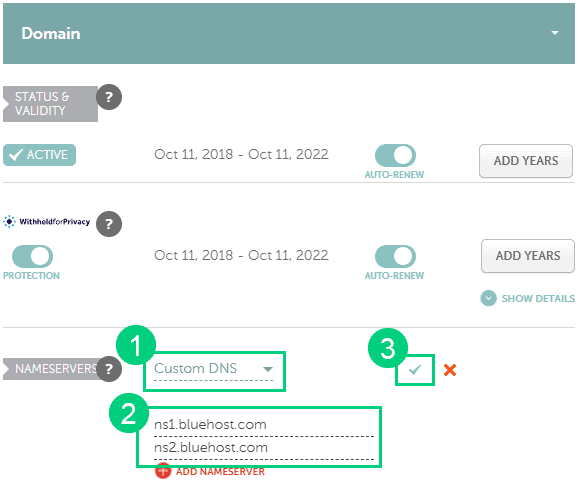
Can I get a free domain name?
Your web hosting provider might give you a free domain name for one year but they charge $12 for domain privacy which is free in Namecheap. From the second year, you will pay for both the domain and privacy which will cost you more than $20+. So it is cheaper to just register your domain with Namecheap from the beginning. Also using different companies for web hosting and domain registration will allow you to easily switch your blog host later without transferring domains.
Can I change the name of my blog later?
You will lose your search engine rankings if you change your blog’s name once it gets links from other websites. It will take as long as a year or more for you to regain the lost traffic. It is possible to mitigate problems by having proper redirects. But you will have to renew both your old and new domains every year. So try to avoid changing your blog’s name once it is established.
4. Setup WordPress
Now that you have chosen a domain name, it is time to set up WordPress and choose a theme for your personal blog.
Why Choose WordPress.org?
There are many blogging platforms but the self-hosted wordpress.org powers 70% of blogs on the internet. 42% of all websites on the internet use WordPress.

We recommend starting with WordPress because:
- It gives you complete control over your website. You can design it the way you want and add any features you need.
- It is more flexible for monetization. You can run ads and sell products without any restrictions.
- Your website will be faster and more reliable.
- It is easier to get started with. You don’t need to know any coding to create a beautiful website.
WordPress.org vs WordPress.com
There are two versions of WordPress – WordPress.org and WordPress.com.
WordPress.com is a hosted platform, which means you don’t need to buy web hosting or a domain name. It might seem like a good platform because it is free but it has many limitations. You cannot install plugins and you cannot run ads on your website or sell products.
WordPress.org is a self-hosted platform, which means you need to buy web hosting and a domain name to use it. But it gives you complete control of your website. You can install any plugin or theme and monetize your website through ads and affiliate marketing. It is the most popular blogging platform used by professional bloggers and businesses.
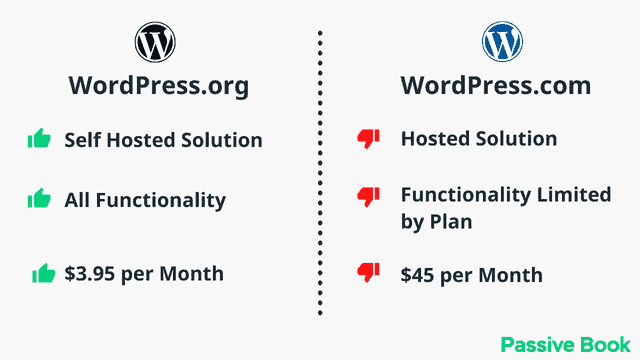
We recommend using self-hosted WordPress.org because it will help you monetize your blog and customize it and add features as you desire.
Why Avoid Free Blogging Platforms
There are many free blogging platforms like Blogger, Tumblr, Medium, and Wix. While they might seem like a good option because they are free, they have many limitations.
You cannot monetize your blog on these platforms. You cannot run ads or sell products on your blog. Blogs built on these platforms don’t rank in search engines. So you will struggle to get any traffic if any at all.
You don’t own your content. If the platform bans you tomorrow, your blog will disappear with it. Thousands of Blogger blogs get banned for no reason every day and the owner of the blog will only see the following screen without any way to retrieve the posts that they have published. So you can lose years of work overnight.

How much does it cost to start a Personal blog?
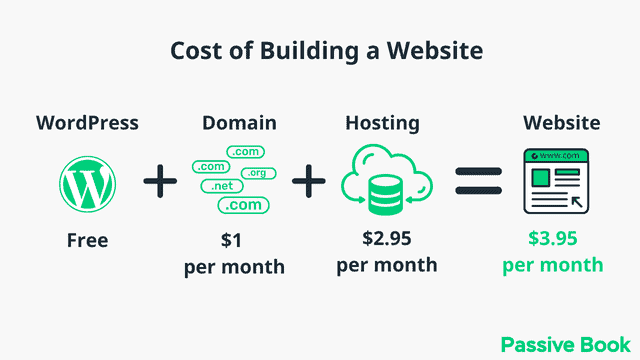
It will cost you $2.95 per month to host your WordPress Personal blog in Bluehost. A domain will cost you $12/year. So that is a total of $4.2 per month, which is less than the price of Netflix for all the unlimited features that a self-hosted WordPress blog has to offer.
What to do if you already have a free blog?
If you have a blog already on a free platform, we recommend you migrate it to WordPress using an import plugin.
Install WordPress in Hosting
To set up your blog in WordPress, you need to first purchase hosting.
Hosting is a service that allows your website to be accessible on the internet. It stores all your website’s files and makes sure they are always available to your visitors through a web browser like Chrome or Firefox.
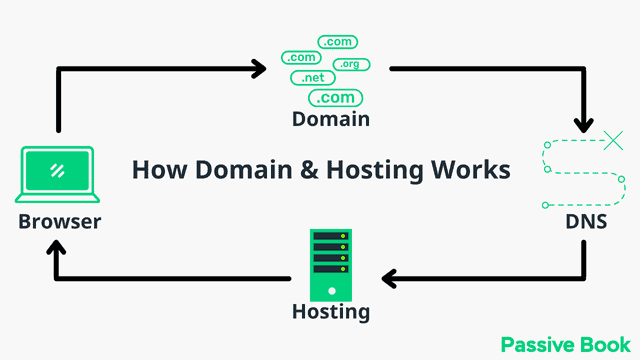
For this guide, we will use BlueHost as our web host. It is a cheap hosting that is extremely easy for beginners to set up. If you use any other web host, the steps will be the same but the user interface may be slightly different.
1. Go to BlueHost using this link to get a special discount. Select WordPress > WordPress Hosting from the top menu.
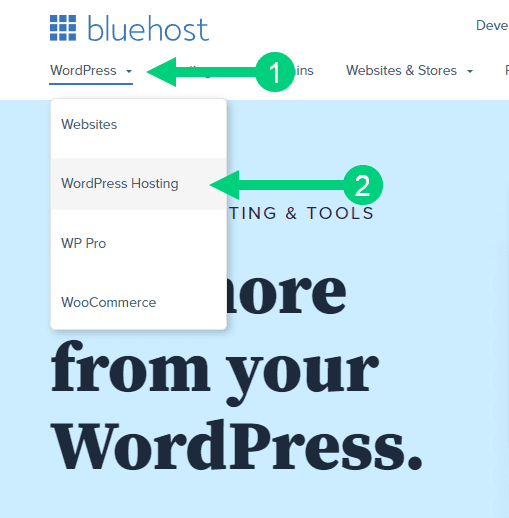
2. Click on the button you see on this page and you will be taken to the pricing section.
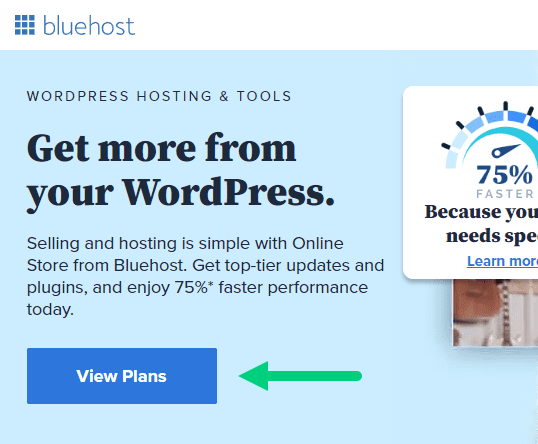
3. Select the Basic Plan. You can upgrade to a different hosting plan as you grow.

4. If you already have a domain name that you purchased with Namecheap you can put that in the “Use a domain you own” ❶ section. If you don’t have a domain name yet, choose the “Create a New Domain” ❷ to purchase a new domain.
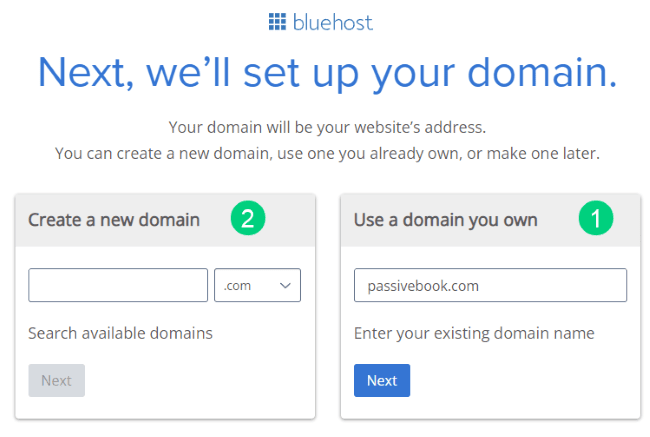
5. In the next screen, enter your information. Uncheck all package extras. If you purchase your domain through Bluehost instead of Namecheap, you may want to enable Domain Privacy. You won’t see the Domain Privacy option if you bought your domain through Namecheap. Namecheap will give you this Domain Privacy for free.
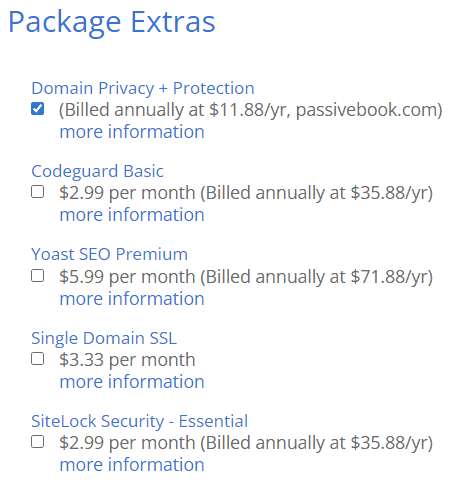
6. Once you have successfully paid, you will be prompted to set a password. Click on the “Create your Password” button.
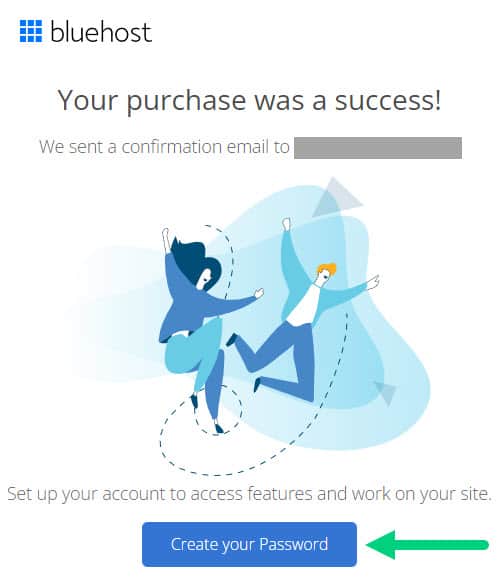
7. Enter your password and create your account. If you lose this password, you can reset it.
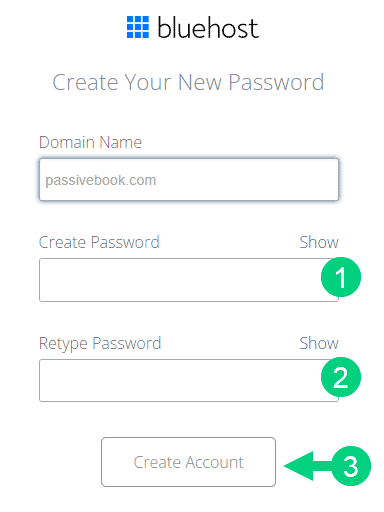
8. After you set your password, log in to Bluehost.
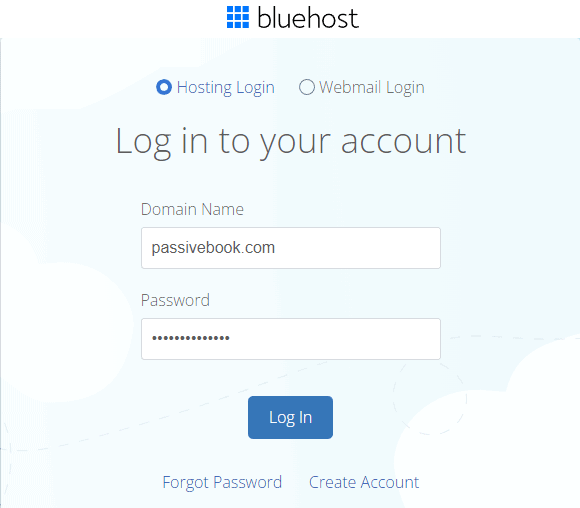
9. Click on the Create your website button on the following screen. This will start a Bluehost Wizard, just click Skip this step wherever possible.

10. On the following page, click “No help needed” or “Skip this step”. We don’t want Bluehost to limit our customization options.
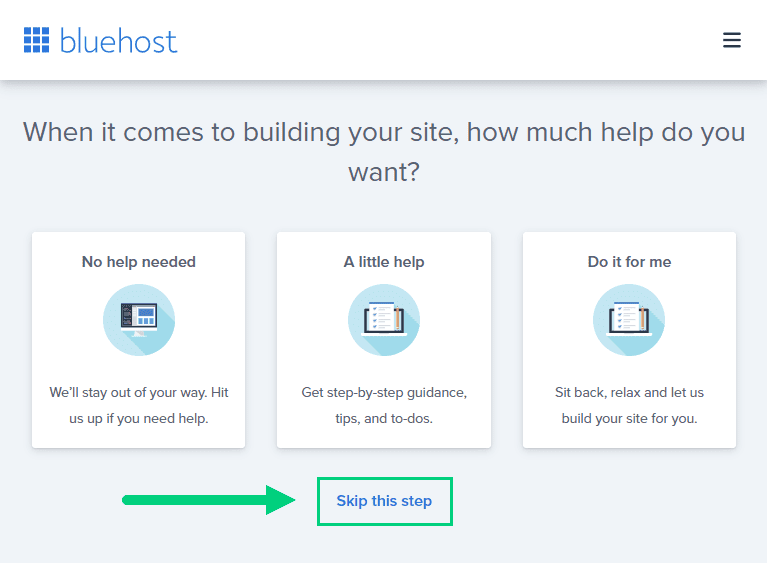
11. On the next page, you will be asked about the purpose of your website. You can choose from any of the available options.
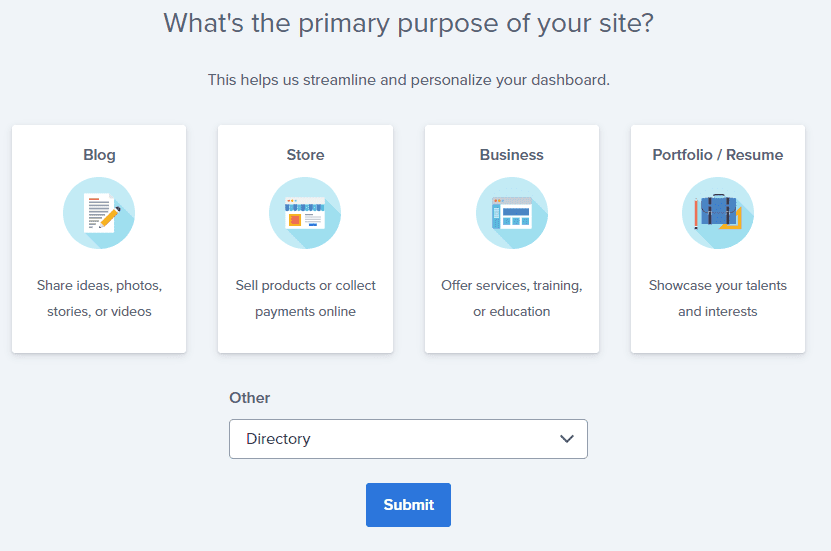
12. On the next page, click Skip this step.
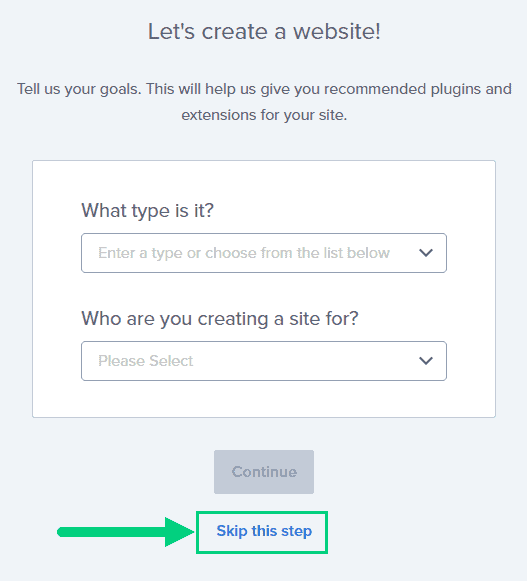
13. On the following page, enter the blog’s name and tagline. You can change this later so feel free to click “Skip this step” or enter something as a placeholder and click Continue.
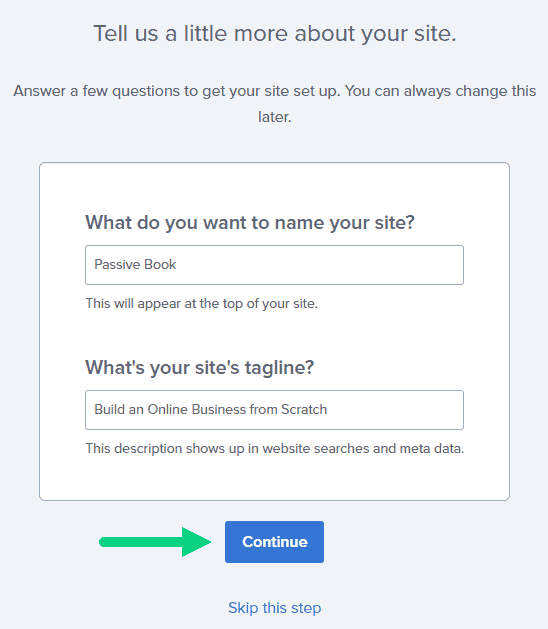
14. Finally you will be asked how you want to build your website. Choose “Limitless customization” to have all the options.

15. You can see your blog by going to yourdomain.com. Go to the Bluehost dashboard and click on the My Sites tab ❶ in the left sidebar and click on the “Manage site” button ❷.
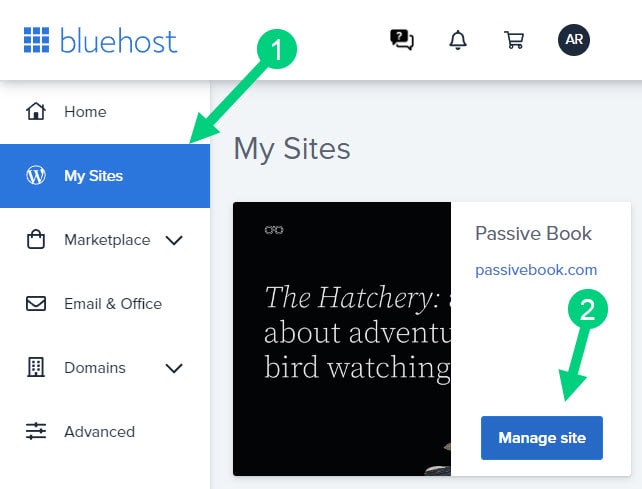
16. Your WordPress site has separate login credentials different from the ones you use to log into Bluehost. You can use this to log in to the WordPress dashboard directly without logging into Bluehost. To get this:
❶ Click on Users on top.
❷ You will be able to see your username and email that you can use to log in to WordPress.
❸ If you click on the three dots you will see the option to Reset your password. ❹
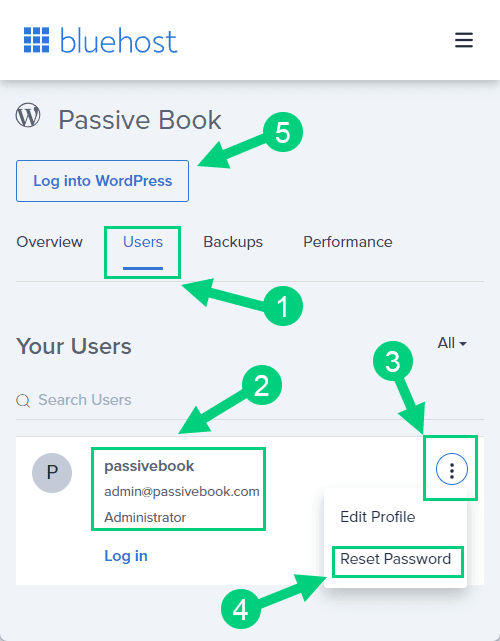
You can log into WordPress from the Bluehost dashboard by clicking the Log in to WordPress button ❺. But it is not recommended you rely on this as your primary login method because you will get locked out of your site if you ever change hosting providers.
17. You will be taken to the WordPress dashboard where you can reset your password ❶. If you don’t like the username Bluehost created for you, you can Add a New User ❷.

18. If you are adding a new user make sure you specify the user role as Administrator ❶. You can log in as the new user and safely delete the default user created by Bluehost.
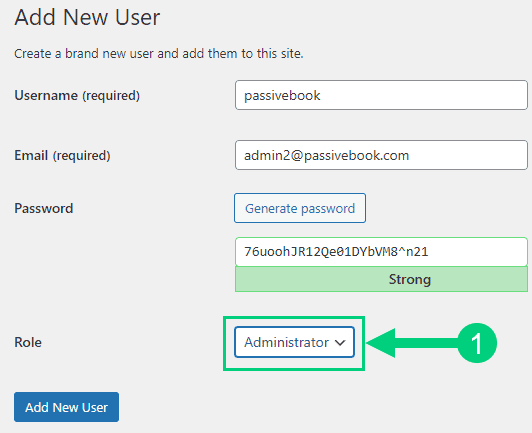
Congratulations! You have successfully set up WordPress.
Configure WordPress
Now that you have the basic version of WordPress installed, it is time to customize it to make it look and feel the way you want.
Login to WordPress Dashboard
Visit yourdomain.com/wp-admin to access the WordPress dashboard.
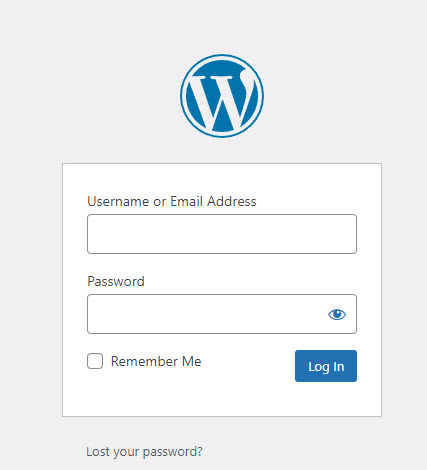
The WordPress Dashboard is the main screen you see when you log in to your WordPress site. It provides you with an overview of all the activity on your website and allows you to manage your content and settings. You can see how many people have viewed your website, how many new blog posts have been published, and who has commented on your posts. This is also the place where you can install plugins and themes.
Use the Email and Password you provided during installation to log in to your WordPress dashboard. If you don’t have a password, use the “Lost your password?” to generate a new password.
Install WP Themes
A WordPress Theme is a collection of files that determine the look and feel of your website. It also includes the functionality and how your website will behave.
Your new WordPress blog will be installed with a default blog theme that doesn’t look very great.
To install a new WordPress Theme:
Go to Appearance > Themes > Add New in your WordPress dashboard.
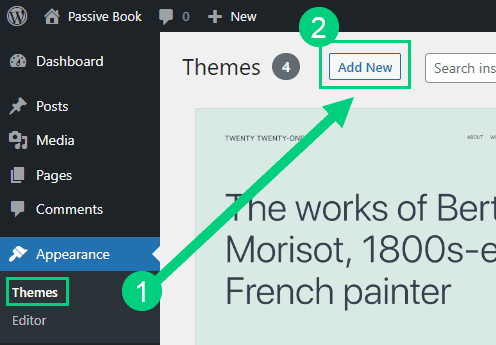
Use the search to find a theme that you like ❶. Before you install the theme, you can see a demo of the theme and learn about its features from the preview screen ❷. If you like the theme, you can install it by clicking the install button ❸. You can also upload a theme from a file on your computer ❹.
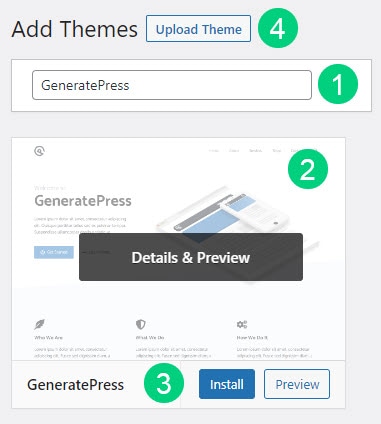
Once installed, click the Activate button to enable the theme.
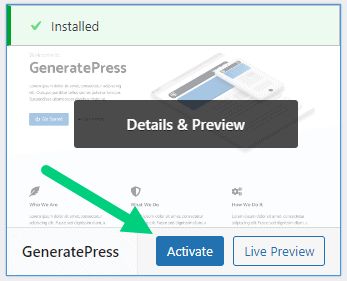
Although you can use a free theme (there are thousands of free themes available), we recommend using a premium theme.
Premium themes not only reduce your website’s load time but also help you customize your website to your heart’s desire.
Here are the premium themes we recommend:
There are also several custom-made Personal blog themes. These themes tend to be bloated with poor code which will slow down the performance of your website. We suggest getting one of our recommended themes for a fast website with unlimited customization possibilities.
Install WP Plugins
A WordPress Plugin is software that adds additional features and functionality to your WordPress website.
There are over 50,000 free WordPress plugins available on the plugin repository. You can install any of these plugins on your website for free.
Too many wordpress plugins can slow down your blog site. So before you install new plugins, it will be worth clearing out any existing plugins that your hosting provider installed by default.
Plugins first need to be deactivated before they can be deleted.
❶ Go to WP Admin > Plugins > Installed Plugins
❷ Click on the checkbox to select all plugins.
❸ Select Deactivate from the drop-down.
❹ Click Apply.
❺ Repeat the above steps but select “Delete” instead of “Deactivate” from the dropdown in ❸ to delete all the deactivated plugins.
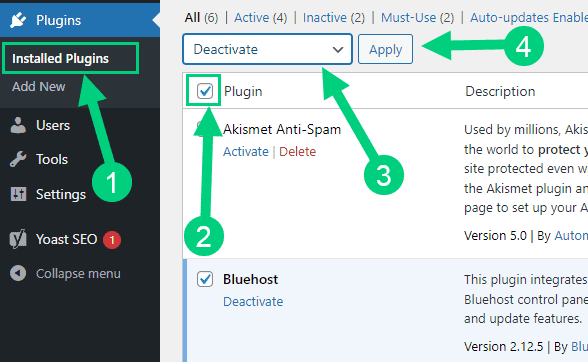
To install new plugins go to the WP Admin > Plugins > Add New.
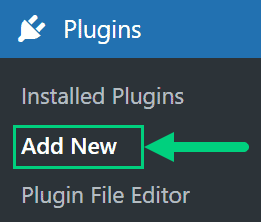
On the plugins page:
❶ Search for the plugin you want in the search bar
❷ Click Install Now. Once you install the plugin, you must also activate the plugin for it to be enabled.
❸ If you are installing a paid plugin you can upload the plugin instead.
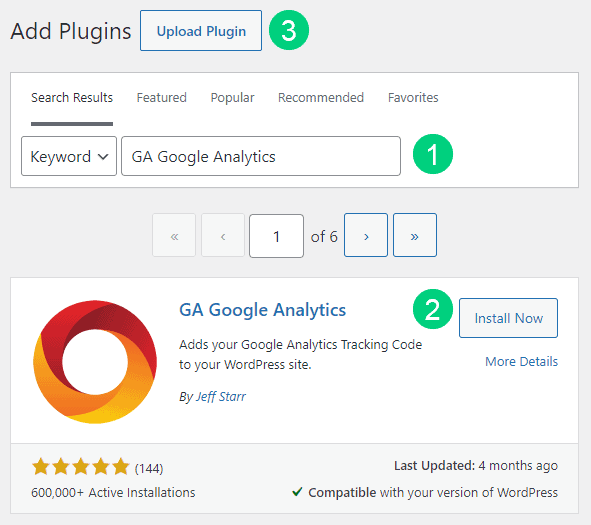
There are many different Personal blog plugins that you can install, but here are the ones which we recommend:
Backup Plugin: A WordPress Backup Plugin helps you back up your website data regularly. This is important because if something ever happens to your website (e.g. your website gets hacked or you delete all your content by accident), you can easily restore your website to the last backup point.
Recommended Plugin: WPVivid (paid) or UpdraftPlus (free).
SEO Plugin: A WordPress SEO Plugin helps you improve your website’s search engine rankings.
Recommended Plugin: RankMath (paid).
Google Analytics Plugin: Google Analytics is a free website analytics service offered by Google that tracks and reports website traffic. Adding the Google Analytics Plugin to your WordPress website will allow you to collect all the data from your website traffic and view it in Google Analytics.
Recommended Plugin: RankMath (paid) or GA Google Analytics (free).
Cache Plugin: A WordPress Cache Plugin helps to improve the performance of your WordPress website.
Recommended Plugin: WP Rocket (paid).
Page Builder Plugin: A WordPress Page Builder Plugin helps you create custom pages and posts for your website with drag and drop.
Recommended Plugin: Thrive Architect (paid).
Security Plugin: A WordPress Security Plugin helps to protect your WordPress website from hackers and malware.
Recommended Plugin: Wordfence (free).
Social Media Plugin: A WordPress Social Share Plugin helps you increase the number of social shares for your website content by adding share buttons to your posts.
Recommended Plugin: Easy Social Share Buttons (paid).
Customize WordPress
Once you have installed your theme and plugins, it is time to customize the wordpress blog platform:
Change Colors, Fonts & Spacing
You can set the font, colors, and spacing by going to Appearance > Customize in your WordPress dashboard. Premium themes like GeneratePress allow you to customize every aspect of your blog.

Check out our Blog Fonts & Typography guide to choose the right font and typography settings for your blog.
Add Your Logo
Get a logo designed for your blog from Fiverr. Then set the logo of your blog by going to Appearance > Customize in your WordPress dashboard. A logo is not required for a successful blog but it can definitely help appeal to your target audience.
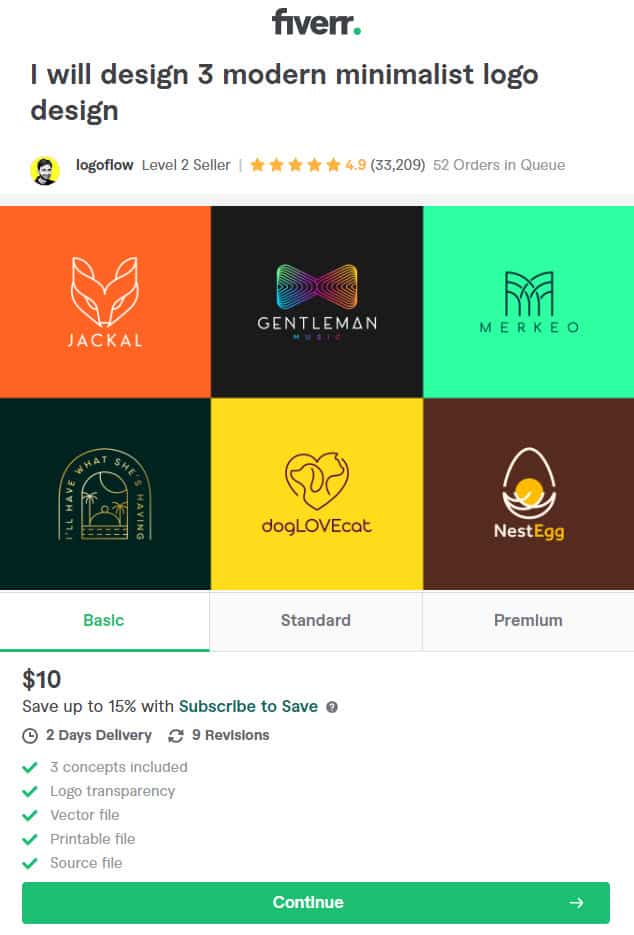
Change Favicon
Favicon is the image that appears in the browser tab and bookmarks. Set the Favicon from the Appearance > Customize section of the WordPress dashboard.

Create Menus
The header and the footer menu can be set from the Appearance > Menus in your WordPress blog dashboard.
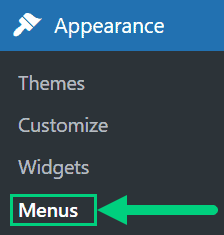
You can nest menu items so that it appears as a dropdown menu ❶. You can use the menu as your primary or secondary navigation menu ❷. Don’t forget to save your menu ❸.
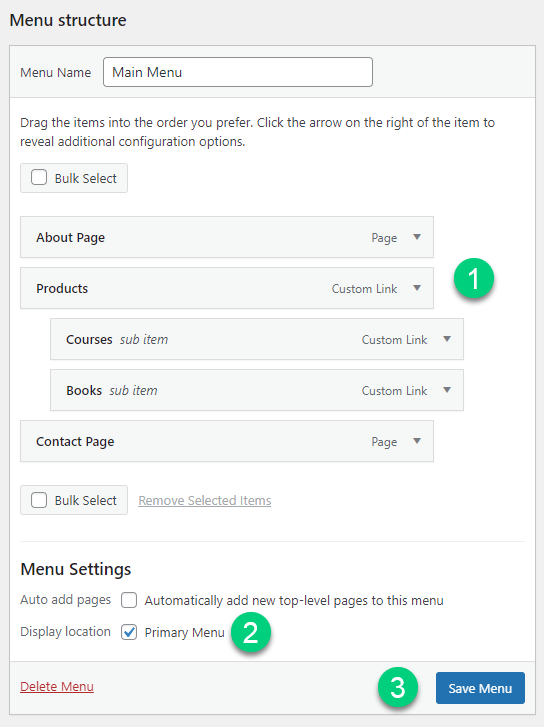
Create Widgets
If you have a sidebar, you can add widgets to it. Go to Appearance > Widgets in your WordPress admin dashboard.
Check out the list of the most useful Blog Widgets and how to add them to your blog.

Set Title & Tag Line
The next step is to change your General Settings. Go to Settings > General in the WordPress Admin area.
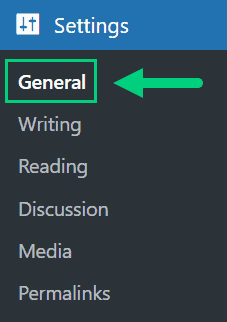
You can set your Site Title, Tagline, and Time Zone from this screen.
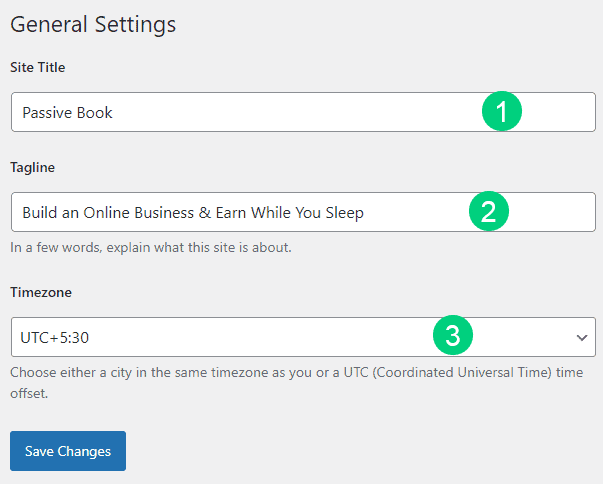
Set Permalinks
The ideal URL structure for SEO is yourdomain.com/sample-post. Set your permalink structure by going to Settings > Permalinks in your WordPress blog dashboard.

Select the “Post name” radio button and save changes.
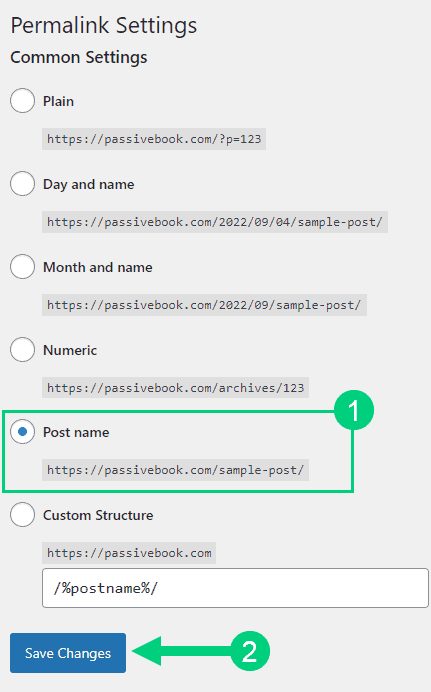
Enable Search Visibility
Chances are you want your blog to show up on Google so people can find you. Go to Settings > Reading in your WordPress dashboard.
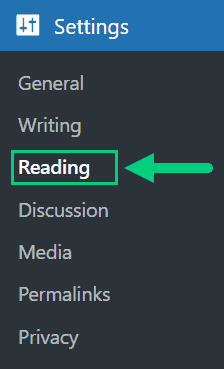
To get search engine traffic, ensure the checkbox “Disable search engines from indexing this site” is Unchecked. You can find this option in Settings > Reading. Most of the time this should be unchecked by default but if it is not, then uncheck it to ensure your site gets traffic from search engines.
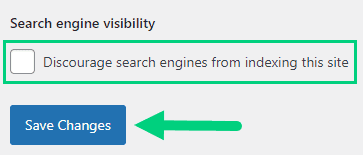
Adjust Comment Settings
Next, you will want to change the Discussion Setting (aka Comments). Go to Settings > Discussion in your WordPress admin area.
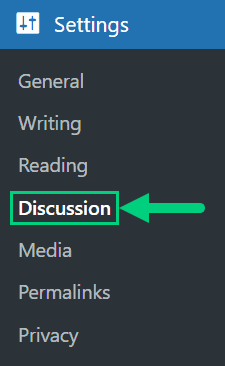
❶ You may want to enable or disable comments on this page. You can also disable pingbacks and enable comment moderation.
❷ You can also set comment approval settings.
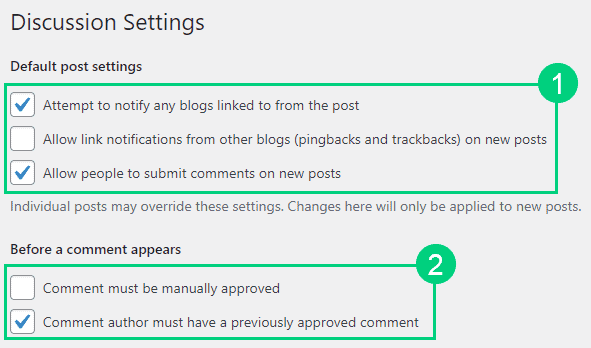
If you want to design your blog further, check out our dedicated guide on blog design which has all our best blog design recommendations.
Create Static Pages
There are a few essential pages that you need to create for your personal blog before you can start blogging.
Use pages in WordPress to add static content. Go to WP Dashboard > Pages > Add New.
- Write the headline of your content.
- Populate the body content
- Click the publish button.
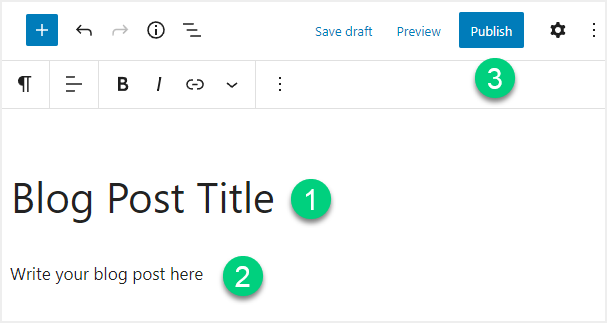
You may want to create the following pages:
Home Page
A home page is the main page of your website. It is usually the first page that visitors see when they visit your website. The home page usually contains a welcome message, a short introduction to your website, and links to the most important pages on your website.
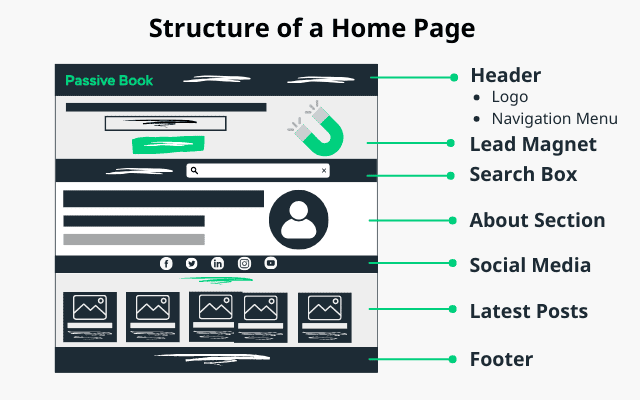
You can create a professional home page for your personal blog using a page builder like Thrive Architect.
About Page
An about page is a page that tells visitors who you are, what you do, and why they should care.
An About page should be inviting and easy to read. It should also contain a call-to-action (CTA) telling the visitor what to do next.
The About page is one of the most important pages on your website because it helps you build trust with your visitors.
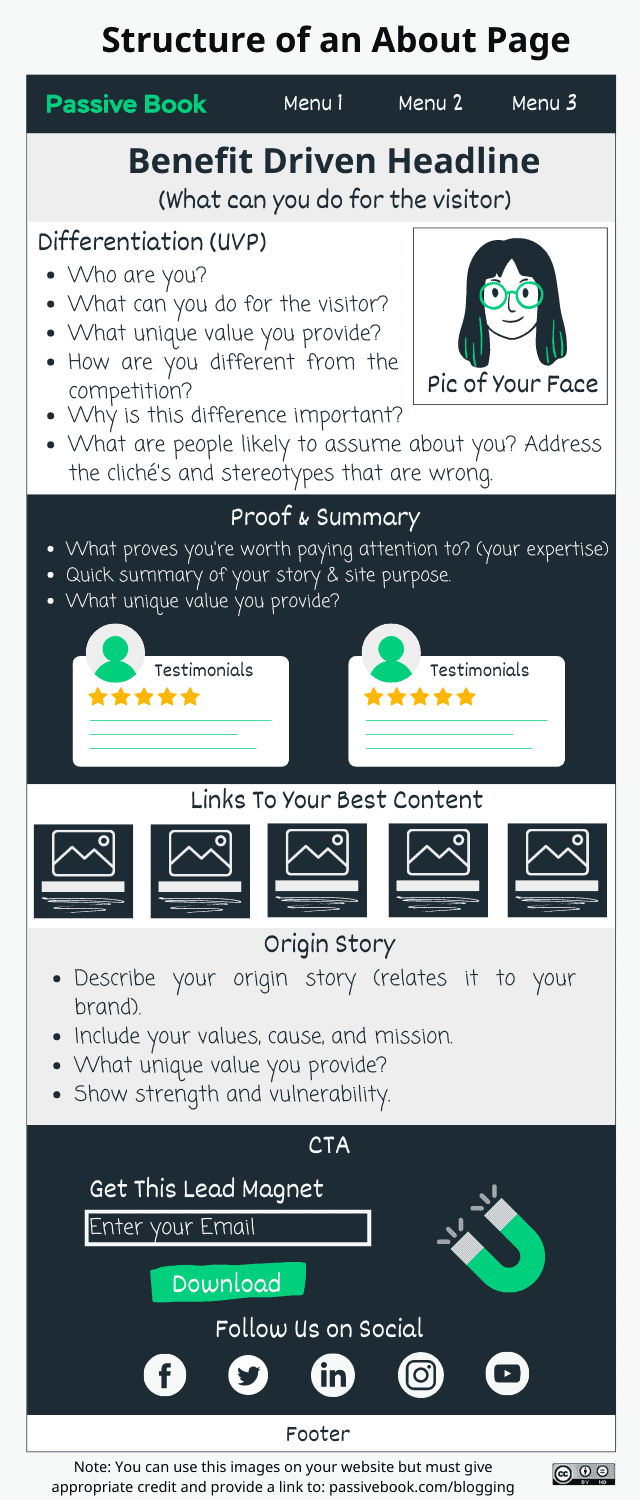
Contact Page
A contact page is a page that allows visitors to contact you or your business. It usually contains a form that the visitor can fill out to send you a message.
A contact page is important because it allows visitors to get in touch with you if they have any questions or comments.
Use contact form plugins like Fluent Forms to create the form on your contact page.
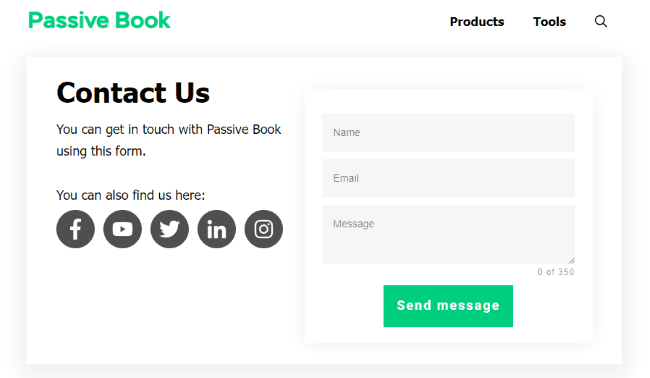
Privacy Policy
A privacy policy page is a page that tells visitors how you collect, use, and share their personal information.
It is important to have a privacy policy page because it helps you build trust with your visitors and comply with data protection laws.
WordPress generates its own privacy policy for you. But you can also use a tool like Termly to generate your own privacy policy.
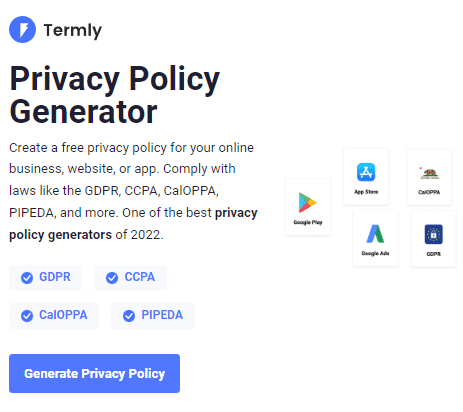
Terms of Service
A terms of service page is a page that tells visitors what they can and cannot do on your website.
It is important to have a terms of service page because it helps you protect your website from legal liability.
Use a terms & conditions generator like Termly to create it.
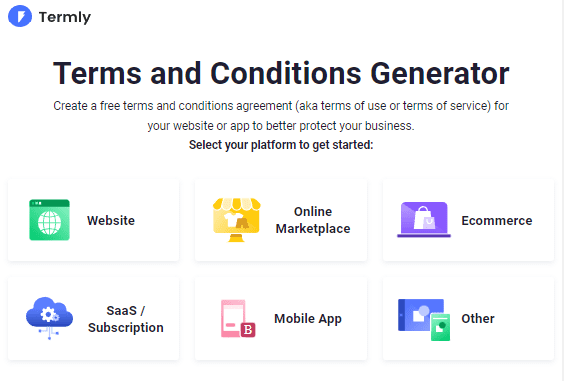
5. Write & Publish Blog Posts
Now that you have your personal blog setup, it’s time to write and publish your first blog post.
1. Brainstorm Topics
You should brainstorm 100 blog topic ideas for your personal blog. This will ensure that you always have content to write about in your personal blog.
The goal is to find topics for your personal blog that your audience is searching for in Google. The type of content you write on your personal blog will depend on your specific niche.
Here are a few personal blog post ideas, you can potentially cover in your personal blog:
- List Posts
- How To Posts
- Opinion Posts
- Reviews
- Case Studies
- Tutorials
- Product Comparisons
There are a few ways to brainstorm specific content:
Look at Competitors
One way to come up with content ideas for your personal blog is to look at the articles your competitors are writing about. This will give you an idea of the types of topics that are popular in your niche. You can then write about these topics in your own personal blog.
Identify your competitors by googling a keyword from your niche. For example, if you are in the fitness niche, you would search for “Cross Fit blogs” in Google and look at the blogs that come up on the first page. These are your competitors.
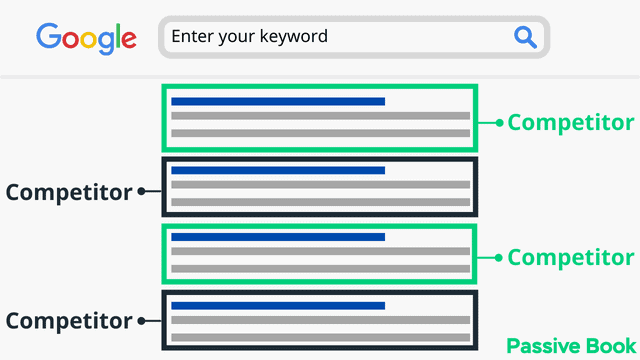
Do Keyword Research
People who read your blog are going to use keywords in Google to find your content. So to come up with content ideas for your personal blog, you can use a keyword research tool like KeywordTool.io to see what topics are popular in your niche. Just enter your seed keyword and see what other keywords that tool spits out. You can use this to generate your article ideas.
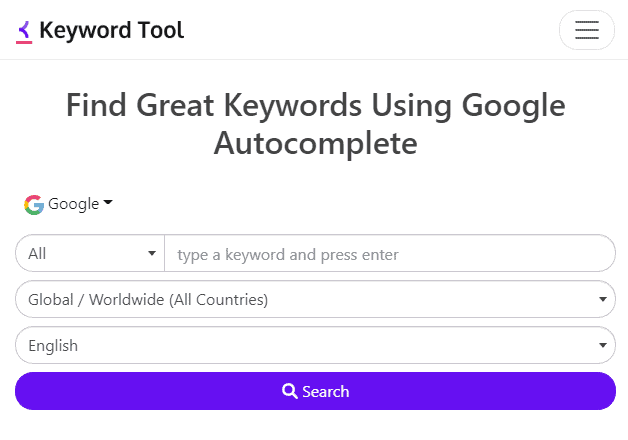
Community & Forums
Look at questions being asked in the community and forums.
When coming up with topics for your personal blog, you can also look at questions being asked in online communities and forums. This will give you an idea of the types of topics that people are interested in. You can then write about these topics in your personal blog. You can mine this information in forums, Quora, Reddit and Facebook groups.
2. Create an Editorial Calendar
An editorial calendar is a tool that lets you plan, organize and publish your content. It helps you stay on track and ensure that you are publishing quality content regularly.
There are many benefits of using an editorial calendar, including:
- It helps you save time by planning your content in advance.
- It helps you ensure that you are publishing quality content regularly.
- It helps you track your progress and measure your results.
Download Content Calendar Template

Steal our exclusive content calendar template. Have it delivered directly to your inbox:
There are a few different ways to create an editorial calendar. You can use a tool like Google Sheets, Trello, or Google Calendar.
3. Write a Blog Post
Now that you have a topic for your blog post, it’s time to start writing. We have an in-depth guide on How to Write A Blog Post. Here we will go over specific tips for a personal blog.
List Posts
One of the most popular types of content in personal blogs is list posts. A list post is a blog post that is structured around a list.
For example, a blog post titled “17 Best Cross Fit Shoes for Women” would be a list post.
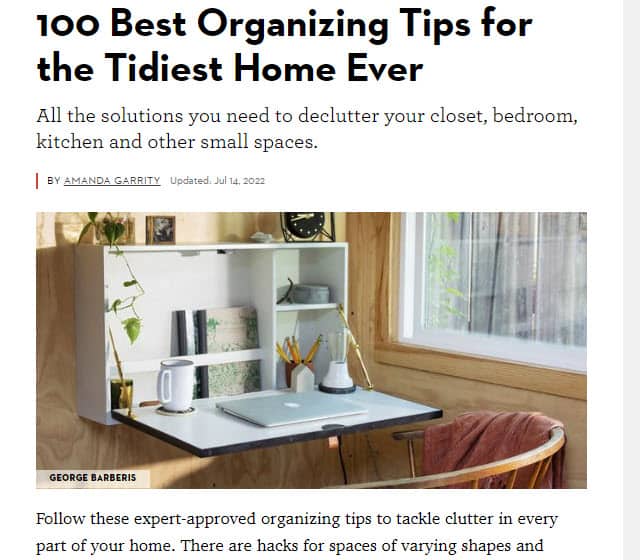
List posts are popular because they are easy to read and easy to digest. They are also easy to write because you can break down the content into small, manageable pieces.
If you are new to blogging, I recommend starting with list posts.
When writing a list post, there are a few things you should keep in mind:
- Your title should include a number, preferably odd. For example, “17 Best Cross Fit Shoes for Women”.
- Your content should be well-researched and comprehensive. You want to make sure that you cover all the bases so that your readers can get all the information they need from your post.
- Your content should be actionable. That is, your readers should be able to take the information from your post and actually do something with it.
How To Post
If you want to write a How To post, you need to first determine what your goal is.
Your goal should be to teach your audience how to do something.
For example, if you are a personal trainer, your goal might be to teach your audience how to lose weight.
Once you have determined your goal, you need to figure out what steps your audience will need to take to achieve that goal.

These steps will form the structure of your blog post.
For example, if you are teaching your audience how to lose weight, your steps might be something like this:
- Set realistic goals
- Create a calorie deficit
- Eat healthy foods
- Exercise regularly
- Be patient
When writing a How To post, there are a few things you should keep in mind:
- Your post should be structured around the steps that your audience needs to take to achieve the goal you have set.
- Use images and videos to illustrate complex steps.
- Try to have fewer than ten steps. Anything longer makes it too complex.
Opinion Posts
If you want to write an opinion post, you need to first determine what your opinion is.
For example, if you are a personal trainer, your opinion might be that fad diets don’t work.
Once you have determined your opinion, you need to figure out what evidence you will need to support your opinion. This evidence will form the body of your blog post.

For example, if you are writing about how fad diets don’t work, your evidence might be something like this:
- Fad diets are not sustainable.
- Fad diets often lead to weight gain.
- Fad diets can be dangerous.
When writing an opinion post, there are a few things you should keep in mind:
- Be clear about your opinion from the start.
- Support your opinion with evidence.
- Be respectful of other people’s opinions.
Reviews
If you want to write a review, you need to first determine what you will be reviewing.
For example, if you are a personal trainer, you might review a new workout program.
Once you have determined what you will be reviewing, you need to figure out what criteria you will use to judge the thing you are reviewing.

These criteria will form the structure of your blog post.
For example, if you are reviewing a new workout program, your criteria might be something like this:
- Ease of use
- Effectiveness
- Affordability
- Support
When writing a review, there are a few things you should keep in mind:
- Be clear about what you are reviewing and why.
- Use a consistent set of criteria to judge the thing you are reviewing.
- Be honest in your assessment.
- If you are reviewing a product, include your affiliate links.
Write 5x Faster with AI
You can write your new blog post at 5x speed using the AI writing software Jasper. I was able to write over a hundred blog articles in 3 months using Jasper. This blog article you are reading right now was written with the help of Jasper. AI will not only help you write blog posts fast but also with higher quality.
Jasper can write plagiarism-free blog content, articles, social media content, emails, and ad copy. All you have to do is provide a few inputs on what you want and Jasper will do all the hard work of creating the blog content for you. No more writer’s block.
Check out the video below to see Jasper in action:
Try Jasper for free using the links on this page and get 10,000 bonus credits you can use to start writing your first articles.
Once you sign up for Jasper I recommend you spend some time going through the tutorial videos in the Jasper Bootcamp to truly unlock the power of this amazing software.
Check out our guide on How to Write a Blog Post Fast in 15 mins Without Losing Quality for more tips to write fast.
Outsource Writing
If you have a budget that you can dedicate to writing, then you can outsource your writing to freelance writers.
There are many websites where you can find freelance writers, such as:

When outsourcing your writing, there are a few things you should keep in mind:
- Be clear about what you want the freelance writer to write about.
- Give the freelance writer a deadline.
- Choose a freelance writer who has experience writing the type of content you need.
- Check the freelance writer’s samples before hiring.
4. Add Images
Images are an essential part of every blog post. They help break up the text and add visual interest.
When selecting images for your blog content, there are a few things you should keep in mind:
Make sure the images you select are high-quality and relevant to the topic of your blog post. Include at least one image in every blog post.
Use your smartphone camera to take original images for your blog. If you don’t want to or can’t capture your own images then you can use a stock photography website.
You can edit your images in an image editing software like Canva. If you get Canva Pro, then you will have unlimited access to a huge library of stock images.

6. Promote Your Personal Blog
Once you have written and published your blog post, it’s time to promote it.
Search Engine Optimization (SEO)
SEO stands for Search Engine Optimization. It is the process of optimizing your blog and content so that it will rank higher in search engine results pages (SERPs).
There are several things you can do to optimize your blog post for SEO, such as:
- Use keyword-rich titles and descriptions.
- Use keyword-rich headings and subheadings.
- Include internal links to other articles on your website.
- Include external links to high-quality websites.
- Use alt tags to describe your images.
Many factors go into SEO, and it can be a bit confusing to figure out where to start. You can master the more advanced SEO tactics by checking out our SEO Resources.
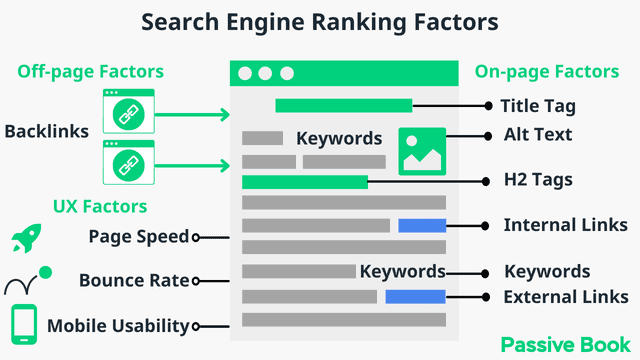
You can ensure you get the basics of SEO right, by completing the recommendations given by the RankMath plugin.
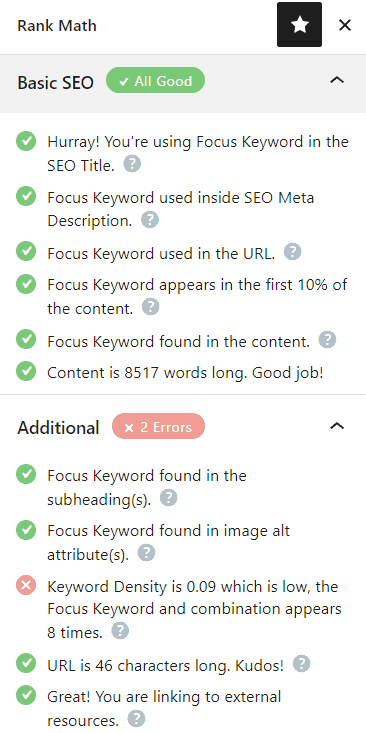
Email Marketing
Email marketing is a powerful way to promote your blog posts and grow your audience. Every time you write a new blog post, you should send an email to your subscribers with a link to the post. You can also use email marketing to promote old blog posts that are still relevant.

To start email marketing, you need to build your email list. You can do this by offering a freebie in exchange for someone’s email address. You can use Thrive Leads to build your opt-in form.
Once you collect an email address, you can use email marketing software like Active Campaign to send the email.
You can use the Thrive Leads plugin to build opt-in forms to collect email addresses. You can then connect the opt-in form to an email marketing service like Active Campaign to send out the emails.
Check out our Email Marketing resources to learn more.
Social Media Marketing
Social media marketing is a great way to promote your blog posts and grow your audience. Every time you write a new blog post, you should share it on social media.
There are many social media platforms you can use to promote your blog posts, such as Facebook, Twitter, Pinterest, LinkedIn, and Instagram. But the key to being successful is to just focus on one social media platform instead of trying to master every platform out there.
Guest blogging
Guest blogging is when you write a blog post for someone else’s website. It’s a great way to get your name and your blog in front of a new audience.
When guest blogging, there are a few things you should keep in mind:
- Make sure the website you guest blog for is relevant to your niche.
- Make sure the website has a good reputation and is popular in your niche.
- Make sure you write a high-quality blog post that is relevant to the host blog’s audience.
You can find guest blogging opportunities by simply reaching out to blogs in your niche and asking if they’re interested in having you write a guest post.
You can promote your blog from the guest post. You can also promote and link back to your blog from your author bio.
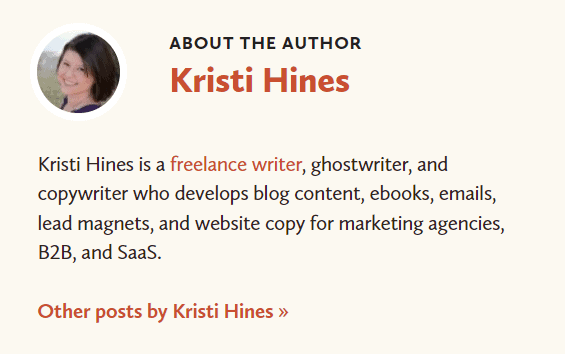
7. Monetize & Make Money
Once you start getting traffic to your blog, it is time to start monetizing your blog. There are several ways you can make money from your blog, such as:
Advertising
One way to make money from your blog is by selling advertising space. You can do this by joining an ad network. You get paid when someone views or clicks on ads on your blog. It is a great way to make money in any niche but the income is highly dependent on the amount of traffic you get.
To start advertising on your blog, you can sign up for an ad network like Ezoic (they pay more than Google Adsense). When your blog starts getting more than 100,000 page views a month you can monetize with Adthrive.
| Ad Network | Earnings Per 1K Impressions (EPM) | Monthly Traffic Requirement |
|---|---|---|
| Ad Thrive | $13 | 100,000 |
| Ezoic | $3 | 10,000 |
| Media.net | $1 | – |
| Google Adsense | $1 | – |
Affiliate Marketing
Affiliate marketing is when you promote other people’s products or services on your blog and you earn a commission whenever someone buys something from your affiliate link.
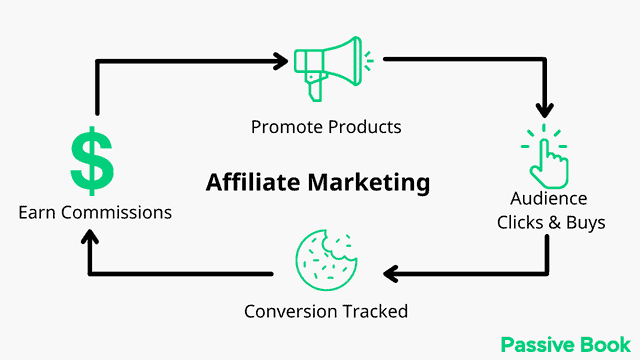
It is a great way to make money in any niche as there are affiliate programs for just about everything. To get started with affiliate marketing, you need to find relevant affiliate programs and sign up for them.
Once you’re approved, you’ll get an affiliate link that you can use to promote the product or service on your blog.
Digital Products
Another way to make money from your blog is by selling digital products. These are products that are delivered electronically, such as e-books, online courses, and audio files.
Digital products are a great way to make money in any niche as you can sell them over and over again without having to produce any new inventory.
To get started with digital products, you need to create the product and then find a platform to sell it on.
You can use Teachable if you want to sell video courses. Your students will have a dedicated course members area and a community system to ask questions and interact with each other. If you only want to sell eBooks, you can use SendOwl which lets you sell your digital products and eBooks for free.
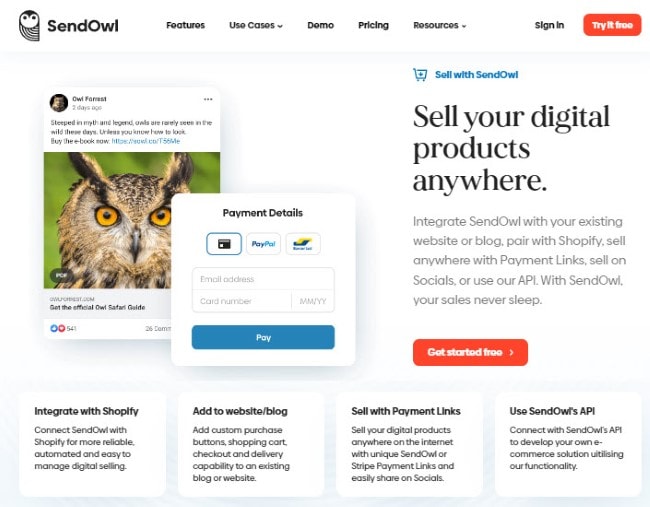
Physical Products
If you have a physical product, such as a piece of jewelry or a t-shirt, you can sell it on your blog. To get started, you need to find a platform to sell your product on. Woocommerce is a great option for selling physical products.
Once you have your store set up, you can start promoting your products on your blog and social media.
Sell Services
If you have a service, such as coaching or consulting, you can sell it on your blog. You would have already built credibility and authority with your blog subscribers. So, this is a great way to monetize your blog.
To get started, you need to create a sales page on your blog where you can list your services. Be sure to include testimonials, case studies, and any other relevant information that will help convince someone to use your service.
Sponsored Posts
Another way to monetize your blog is by doing sponsored posts. This is when a company pays you to write a blog post about their product or service.
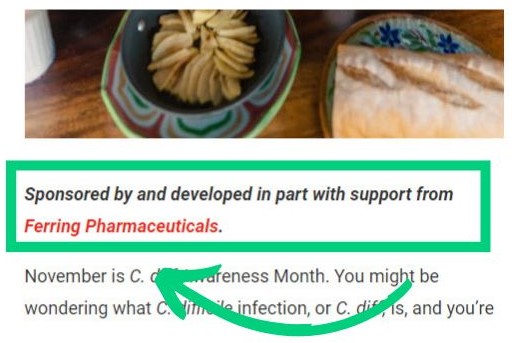
To get started, you need to reach out to companies in your niche and see if they’re interested in sponsoring a post on your blog.
FAQ
Here are a few frequently asked questions:
How do you start a blog about yourself?
The first step is to decide what you want to blog about. Once you’ve decided on a topic, follow the steps in this guide to create a blog and start blogging.
How do I make my personal blog popular?
There is no one-size-fits-all answer to this question. However, some tips to get more traffic to your blog include: writing high-quality content, promoting your blog on social media, and guest posting on other blogs in your niche.
Can I make money from a personal blog?
Yes, you can make money from a personal blog. There are many ways to monetize your blog, such as: selling advertising space, affiliate marketing, selling digital products, selling physical products, and sponsored posts.
How much traffic does a personal blog need to make money?
You need at least 10,000 page views per month before you start making serious income from your blog.
How do I start a personal blog with no experience?
If you have no experience with blogging, the best way to get started is by following the steps in this guide.
Can I blog just for myself?
Yes, you can blog just for yourself. However, if you want to make money from your blog, you’ll need to start promoting it and growing your audience.
What Next?
If you have any questions as you set up your new blog, leave a comment below so we can help you out.
Starting a personal blog is a great way to share your thoughts and ideas with the world. It can also be a great way to make money online while you build a personal brand.
Have you started your personal blog yet? What are you going to blog about in your personal blog? Let us know in the comments.
Share this post with your friends & followers:
